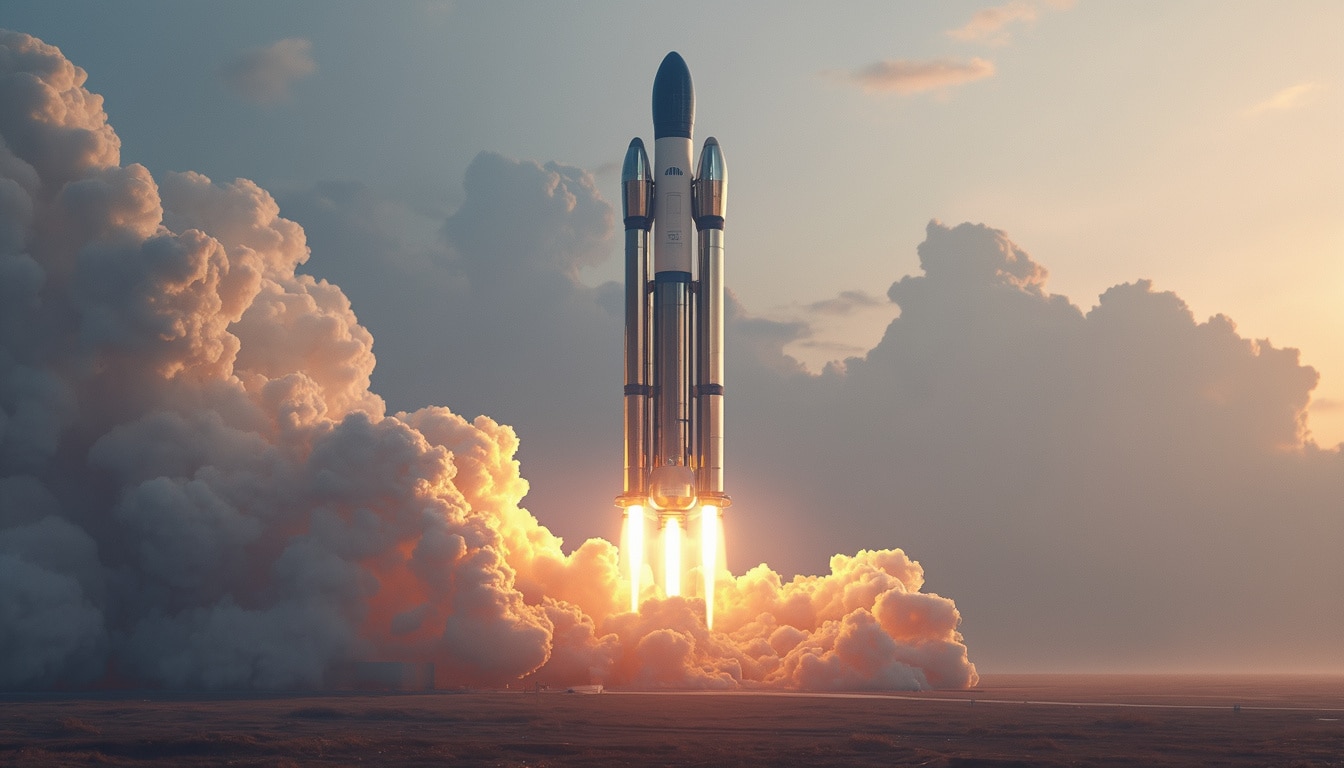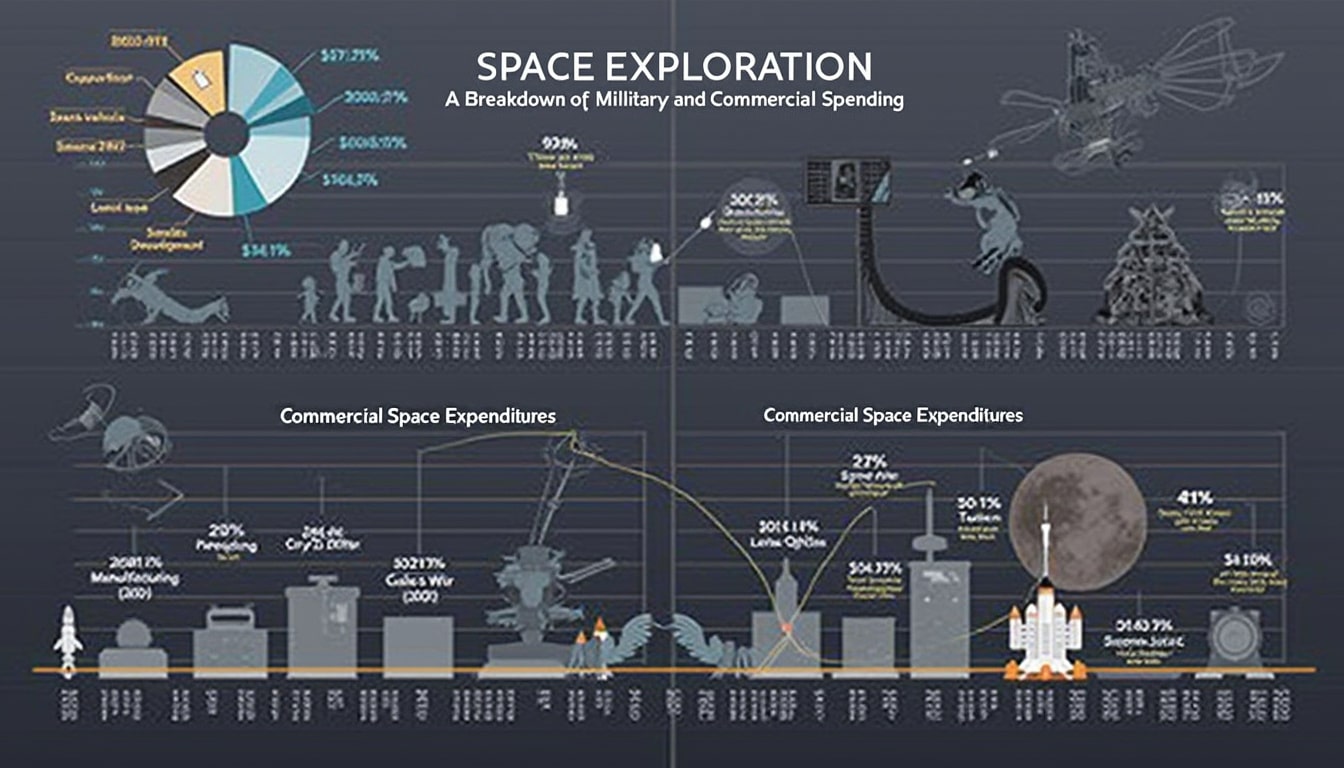The landscape of military space operations is rapidly evolving, prompting the U.S. Space Force to recalibrate its strategies and partnerships. As we gaze into the future, an ambitious projection has emerged: by 2025, the United Launch Alliance (ULA) is set to lead the charge with 11 national security launches, eclipsing SpaceX’s forecast of seven missions. This exciting shift invites us to explore the implications for both companies, the Space Force, and the broader implications for national security in an increasingly competitive space landscape.
The recent projections from Brig. Gen. Kristin Panzenhagen indicate a determined strategy by the Space Force to fortify its launch capabilities while ensuring mission success. With ULA’s Vulcan rocket on the horizon for certification, there is a palpable sense of optimism regarding its operational capabilities. Organizational shifts, engineering advancements, and an increasing reliance on robust launch vehicles signal a transformative era for national security missions.
Unpacking the Space Force’s 2025 Launch Projections
Brig. Gen. Kristin Panzenhagen, who heads the Space Force’s Assured Access to Space office, recently highlighted these ambitious expectations during a conference in Orlando. Her insights revealed that the forecast includes significant reliance on ULA’s Vulcan rocket alongside additional missions for SpaceX’s Falcon rockets. The anticipated Vulcan launches are contingent on receiving final certification, expected by late February 2025 following its second demonstration flight.
The need for reliability and frequency in national security launches cannot be overstated. With ULA poised to deliver on this front, the implications for SpaceX become clear. Despite the challenges posed by these projections, SpaceX has managed to establish itself as a dominant player in the commercial launch market, showcasing resilience and adaptability, especially following ULA’s delays.

Vulcan Rocket’s Certification Timeline
The Vulcan rocket has recently completed its first demonstration flight, marking a critical step towards certification. An anomaly in one of its solid rocket boosters has raised questions, yet officials believe it won’t hinder the certification timeline. Col. Jim Horne emphasized that the path to certification involves a comprehensive evaluation that extends beyond mere flights, covering engineering and manufacturing evaluations. ULA anticipates initiating its first NSSL mission as early as spring 2025, critical to solidifying its role as a formidable competitor against SpaceX.
SpaceX’s Resilient Position
While ULA prepares for its operational resurgence, SpaceX continues to dominate the commercial launch market. In 2024, SpaceX absorbed national security missions initially assigned to ULA, showcasing its adaptability and extensive capabilities. The Falcon rocket series has established a proven track record with its reliability, positioning SpaceX well among both commercial and governmental clients.
Blue Origin Joins the Competition

Amidst ULA’s resurgence, Blue Origin is also making notable progress with its New Glenn rocket, which completed its inaugural flight recently. This marked a significant milestone in its quest for certification within the National Security Space Launch program. Blue Origin’s approach highlights its desire to participate in the competitive landscape of national security launches, leveraging innovative engineering strategies and operational efficiencies to meet Space Force requirements.
Implications for National Security
The importance of reliable launch systems cannot be overstated in today’s geopolitical climate. The Space Force’s strategy of diversifying launch providers aims to withstand sudden changes in mission needs, technical challenges, or geopolitical tensions. By fostering multiple avenues for mission success, the Space Force enhances strategic security across air and space domains, reassuring stakeholders and allies alike.
Military and Commercial Space Investments

The ongoing evolution of military and commercial investments in space technologies solidifies the crucial role that both sectors play in advancing U.S. security objectives. Investments in companies like ULA and SpaceX underscore a commitment to innovative solutions. The increasing demands for satellite communications and reconnaissance bring about a surge in artificial intelligence integration, enhancing the capabilities of these launch providers.
Enhancing Launch Capabilities
The demand for secure and reliable space access continues to grow. The need to launch satellites for both military and commercial purposes has proven appealing to private companies. Recent trajectories showcase an imperative for regular launch schedules, reflecting the government’s need for timely access to space. Robust satellites provide enhanced communications, intelligence gathering, and data analysis capabilities crucial for national defense.

Trends in Space Launch Accessibility
The future of space launch capabilities is bright, influenced by emerging technologies that promise to lower costs and elevate access to space. Innovations such as reusable rockets, which have revolutionized the industry, present opportunities for cost-effective and frequent launches.

Emerging Technologies
Emerging technologies, particularly in propulsion and materials science, serve as catalysts for this transformation. The advancements in rocket recovery systems employed by SpaceX and ULA highlight a shift toward sustainability in aerospace engineering, enhancing both operational efficiency and environmental impact.
Conclusion: The Future of National Security in Space

The evolution of national security missions is intrinsically tied to advancements in launch capabilities and strategic partnerships. As ULA anticipates eclipsing SpaceX’s contributions, the landscape of military space operations remains dynamic and multifaceted. Continuous developments in technology, combined with evolving military needs, signal a future where access to space is more critical than ever for safeguarding national interests.




Leave a Reply